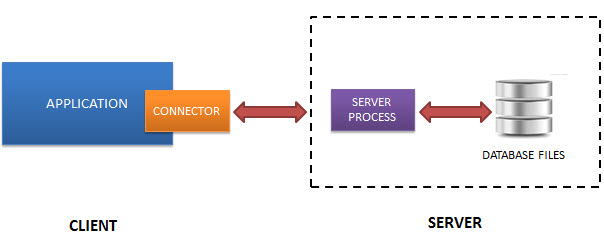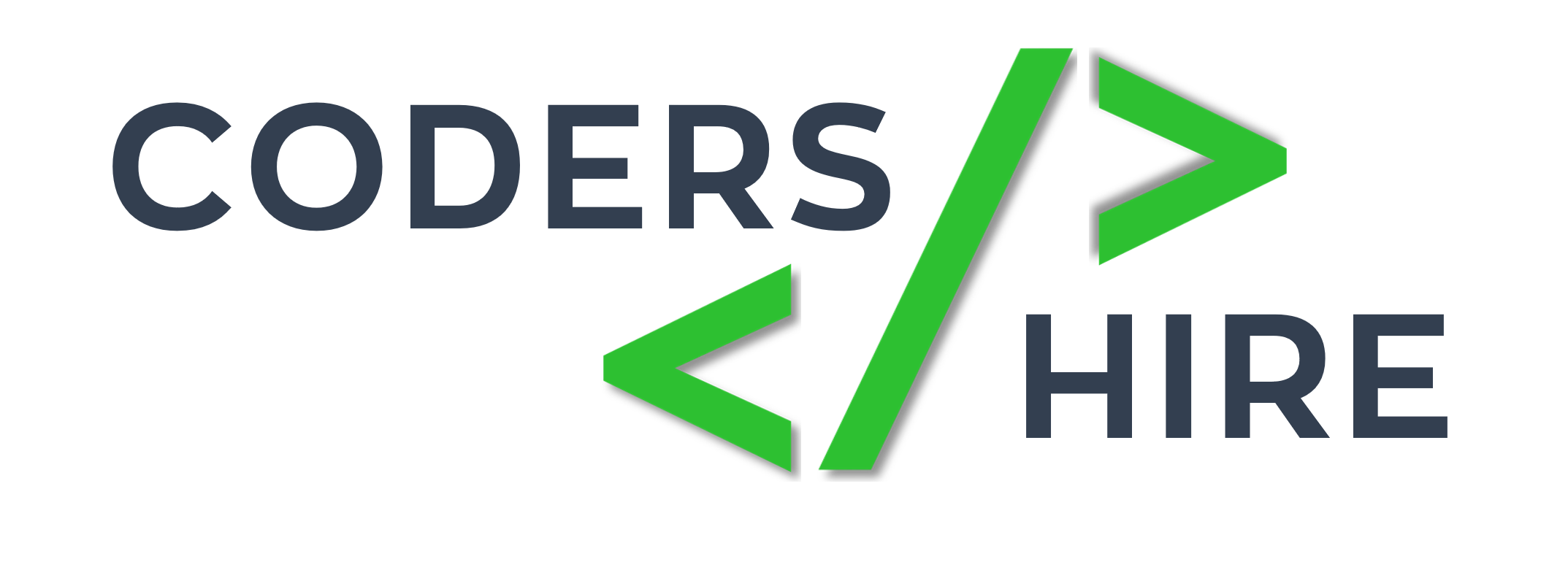SQLite
SQLite is a software library that provides a relational database management system. The lite in SQLite means light weight in terms of setup, database administration, and required resource. SQLite has the following noticeable features: self-contained, serverless, zero-configuration, transactional.


Serverless
Normally, an RDBMS such as MySQL, PostgreSQL, etc., requires a separate server process to operate. The applications that want to access the database server use TCP/IP protocol to send and receive requests. This is called client/server architecture. The following diagram illustrates the RDBMS client/server architecture:SQLite does NOT require a server to run.
SQLite database is integrated with the application that accesses the database. The applications interact with the SQLite database read and write directly from the database files stored on disk. The following diagram illustrates the SQLite server-less architecture:

Self-Contained
SQLite is self-contained means it requires minimal support from the operating system or external library. This makes SQLite usable in any environments especially in embedded devices like iPhones, Android phones, game consoles, handheld media players, etc. SQLite is developed using ANSI-C. The source code is available as a big sqlite3.c and its header file sqlite3.h. If you want to develop an application that uses SQLite, you just need to drop these files into your project and compile it with your code.
Zero-configuration
Because of the serverless architecture, you don’t need to “install” SQLite before using it. There is no server process that needs to be configured, started, and stopped. In addition, SQLite does not use any configuration files.
Transactional
All transactions in SQLite are fully ACID-compliant. It means all queries and changes are Atomic, Consistent, Isolated, and Durable. In other words, all changes within a transaction take place completely or not at all even when an unexpected situation like application crash, power failure, or operating system crash occurs.
SQLite distinctive features
SQLite uses dynamic types for tables. It means you can store any value in any column, regardless of the data type. SQLite allows a single database connection to access multiple database files simultaneously. This brings many nice features like joining tables in different databases or copying data between databases in a single command. SQLite is capable of creating in-memory databases which are very fast to work with.
